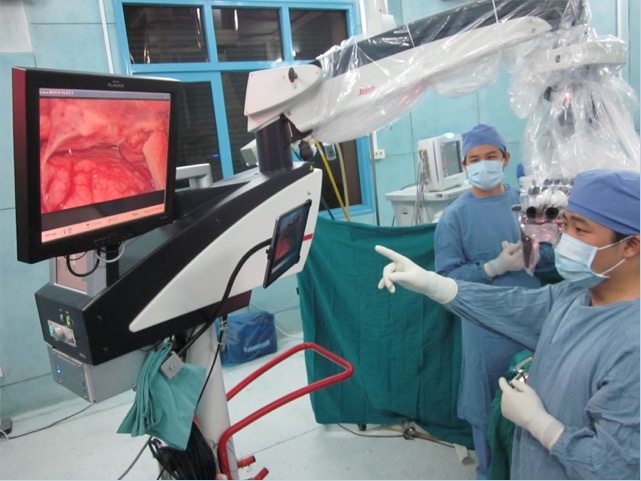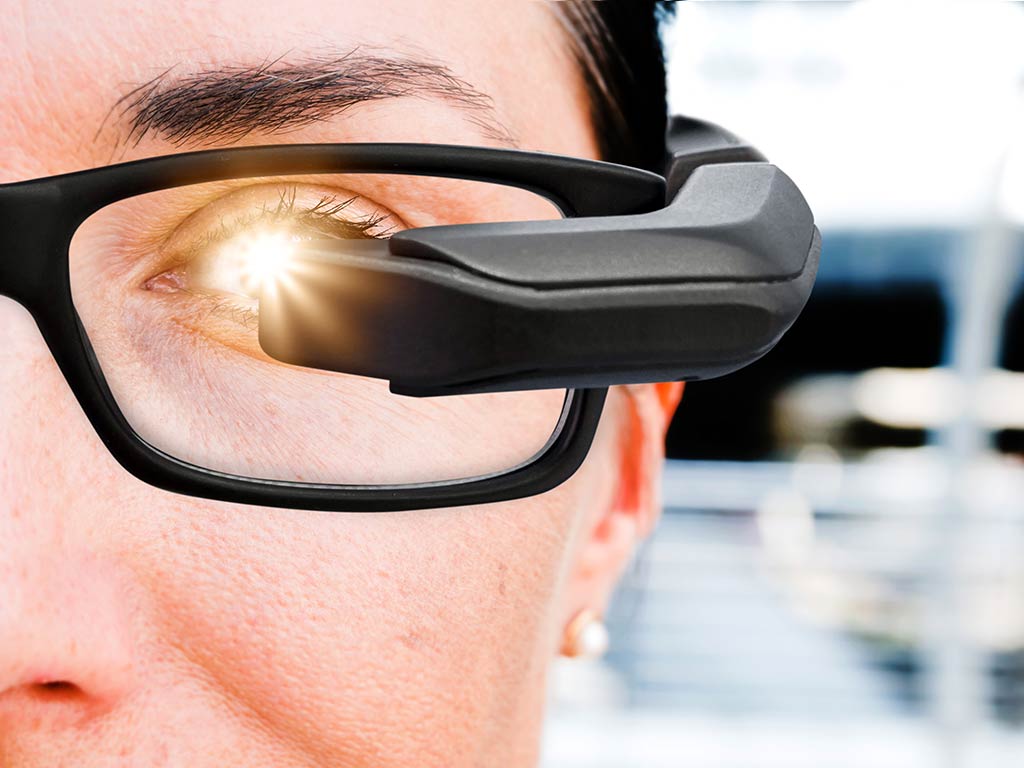Location information
Hospital address
University of Alabama at Birmingham Birmingham AL 35294 United States of America
Hospital type
Public
Hospital description
First-Level Hospital
This is a teaching hospital
Description
Andrew T. Hale M.D,, Ph.D., is currently a resident in Neurological Surgery at the University of Alabama at Birmingham. He received his undergraduate and master’s degrees in biochemistry from Case Western Reserve University where he studied the role of transcription factor KLF4 in tumor angiogenesis and Notch signaling under the guidance of Mukesh K. Jain, M.D., and Anne Hamik M.D., Ph.D. He then matriculated into the Vanderbilt University School of Medicine Medical Scientist Training Program (MSTP), a full-tuition scholarship to earn both M.D. and Ph.D. degrees. Andrew earned his Ph.D. under the tutelage of John D. York, Ph.D., where he applied biochemical, molecular, mouse-model and genetic approaches to study the roles of lithium-sensitive phosphatases in cell-signaling, metabolism, and disease. He completed post-doctoral work in quantitative human genetics and functional genomics in the Vanderbilt Genetics Institute. He used multi-omic approaches to understand the genetic architecture of hydrocephalus, cerebrospinal fluid shunt failure, infectious disease, intracerebral aneurysm formation and rupture, and epilepsy. Andrew also has an interest in clinical outcomes research and plays an active role in collaborative work with the Hydrocephalus Clinical Research Network (HCRN), Park-Reeves Syringomyelia Research Consortium (PRSRC), and Pediatric TBI Research Consortium (PTRC). His clinical interests include pediatric and cerebrovascular neurosurgery. Beyond work, Andrew enjoys traveling, wildlife conservation, fly-fishing, and spending time with his wife and two dogs.
Member information
Name
Andrew Hale
Member type
Clinical department with teaching programme
Specialty
Neurosurgeon
Subspecialties
- Neurosurgeon with paediatric interest
Languages spoken
- English
Professional affiliations / memberships
- AANS
- ISPN
- CNS
Social profiles
Conditions treated
- Hydrocephalus
- Neurotrauma
- Neurovascular
- Spine
- Spasticity
- Spinal dysraphism
- Tumor
- Craniofacial
- Epilepsy
- Peripheral Nerve
- Pain/Functional
- Radiosurgery
- Skull Base



